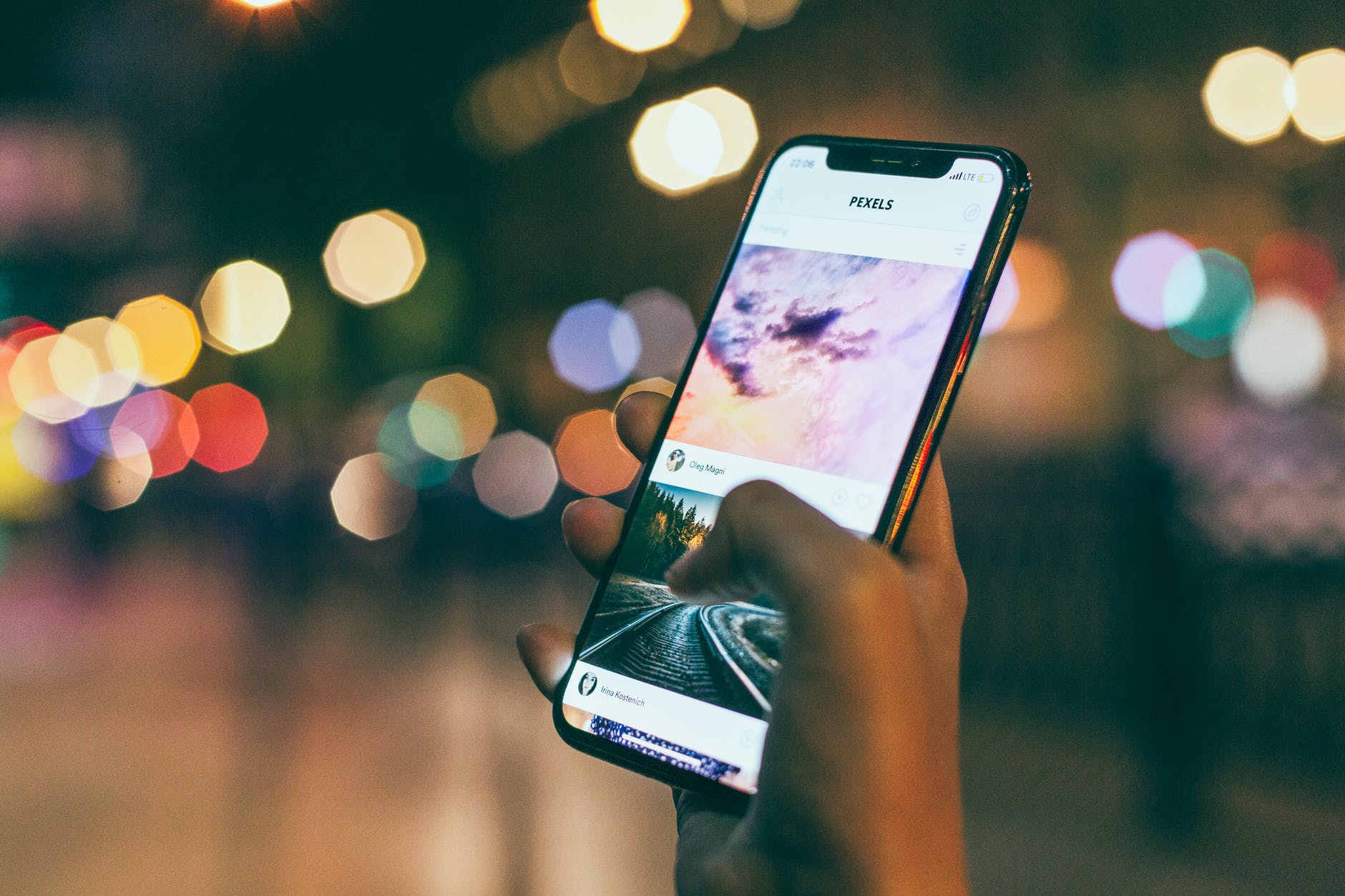One of the new smartphone display specs that has popped up of late in the tech world is the Touch Sampling Rate or Touch Refresh Rate. It is the latest spec in the new arms race to wow users with the newest and latest functionalities that a smartphone can offer. In this post we are going to be looking at touch sampling rate and why should any user care about it.
What is Touch Sampling rate?
Touch sampling or Touch refresh rate can be defined as the number of times that a touchscreen can sense touch and respond in one second. It can also be defined as the speed at which a touchscreen records and responds to inputs from a finger (or a smartpen).
Our smartphone screens serves dual purposes. It acts both as an input and output device. Both functions are carried out simultaneously and are equally important. In our fast paced world of today, we expect everything to be fast. That’s why we have got fastfood, highspeed internet etc. We also expect no less from our phones. Using your finger to give an instruction to your screen and waiting a few seconds for the screen to respond can be frustrating sometimes. This is called “input or touch lag”.
This is where Touch Sampling Rate (TSR) comes in handy. It gives one a good idea of how fast their screen is in reading and responding to inputs from the user.
Touch Sampling Rate is sometimes confused or conflated with Refresh rates. This is incorrect. The both of them actually mean different things. Refresh rates describe how fast a display can update images on its screen in one sec, while Touch rates refer to how fast a screen can respond to touches (or input).
Read: What is Refresh Rates in Smartphones?
Touch Sampling Rate is tied to the hardware. This means that it is a feature of the screen or it is built into the screen and not controlled from another part of the phone.
Touch Sampling Rates (TSR)
The unit of measurement of TSR is in Hertz (Hz). The Hertz number shows how many times that the screen can respond to input touches in one sec.
Now unless otherwise stated, the touchscreen of most phones has a base TSR of 60Hz. This means that the screen can only register touches 60 times in 1 second or one touch every 16.67 milliseconds (ms).
The next TSR is double that of the base rate and it is 120Hz. This means that the screen is can detect and respond to 120 touches in a second or one touch every 8.33 milliseconds (ms). The iPhone X series lineup uses a 120Hz touch sampling rate.
Another TSR seen on smartphones is the 180Hz touch rate. This can be in the Honor X10 and Infinix Zero 8.
The next TSR is also double that of 120Hz and quadruple (four times) that of the base TSR (60Hz). It is 240Hz. A screen with a 240Hz TSR can respond to touches 240 times in one second or one touch every 4.167ms. This was heavily touted on the ASUS ROG 2 Gaming phone.
The current premium flagship Touch Sampling Rate is 270Hz (3.7ms). It can be found on the ASUS ROG 3 and Xiaomi Black Shark 3 flagship gaming phones. It is also speculated that the Honor V40 could be shipping with an even higher TSR.
Perks of a higher Touch Sampling Rate
A higher touch sampling would increase the responsiveness of the display to touches. Typing or scrolling through the device would be very fluid. This is also very important for gamers as well, because the screen will read and process their commands faster which gives them an advantage over opponents with slower screens.
Read: Frames Rates (FPS) on Smartphones explained
There is a catch however though. To fully enjoy the full benefits of TSR, it would need to be matched with a display that has a similar or higher Refresh rate speed. Even if that is not possible, any screen with a Refresh Rate over 60Hz should do.
Thank you for reading to the end. As always, ensure to check out our links for more information and…
- Subscribe to my YouTube channel
- Follow on Facebook
- Join our Telegram community
- Participate on Reddit
- Find us on Quora
